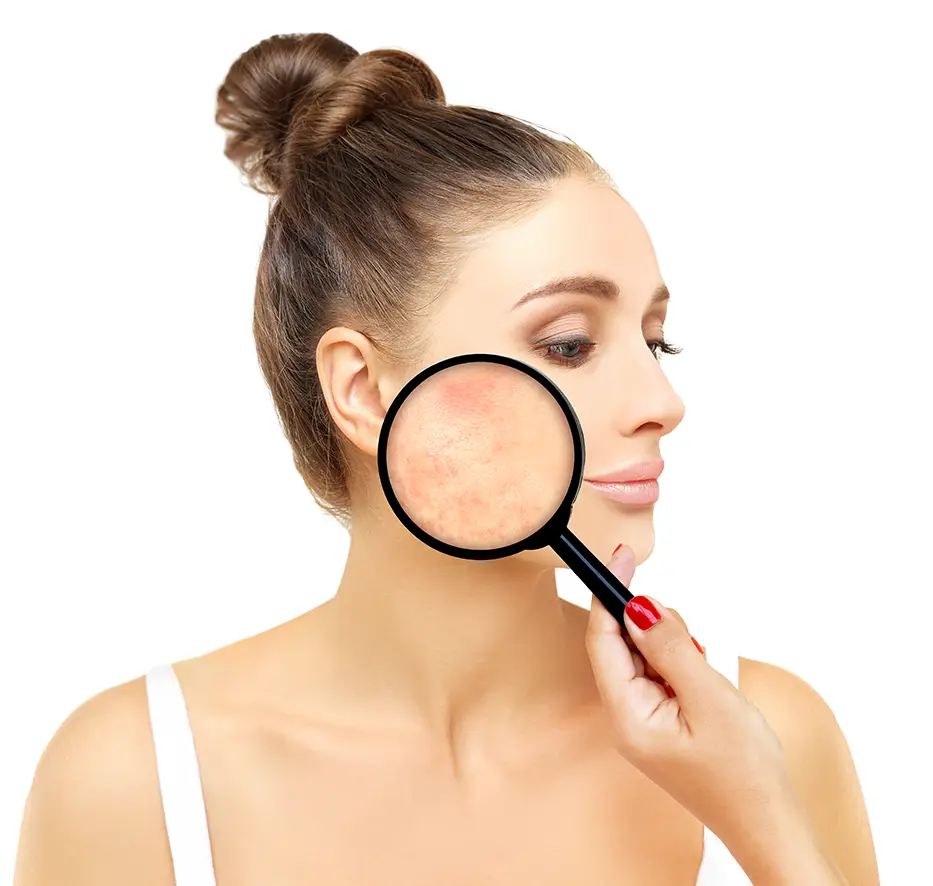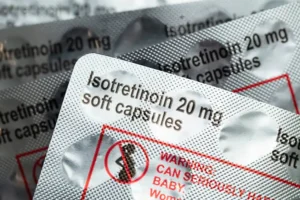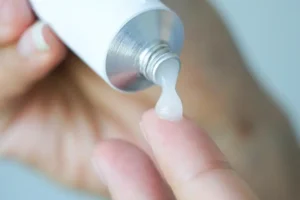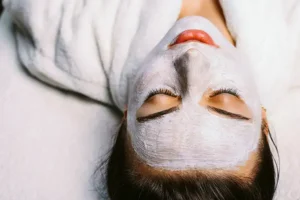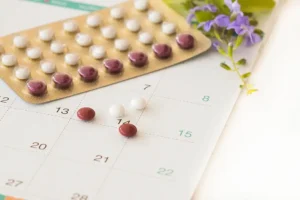Post-inflammatory erythema, or PIE, refers to the lingering red or pink marks that appear after an acne breakout heals. These flat spots are not scars, but rather a sign of blood vessel damage caused by inflammation. Many people mistake PIE for acne scars or dark pigmentation, but understanding what it is and how to treat it can make a huge difference in achieving clear, even-toned skin.
This guide explains what causes PIE, how to recognize it, the difference between PIE and post-inflammatory hyperpigmentation (PIH), and science-backed ways to treat and prevent it.
What Causes Post-Inflammatory Erythema
PIE forms when inflammation from acne damages the tiny blood vessels in the skin. After the pimple heals, these vessels may remain dilated or leaky, leaving behind visible redness or pink marks.
This is a vascular issue, meaning it affects the blood vessels rather than pigment-producing cells. Picking, squeezing, or over-exfoliating acne can worsen inflammation, increasing the risk of PIE.
While anyone can develop PIE, it tends to be more noticeable in lighter skin tones. People with medium to darker complexions often experience PIH (brown discoloration) instead of or in addition to PIE.
Symptoms and How to Recognize PIE
PIE appears as flat, smooth red or pink spots on areas where acne used to be. Unlike active breakouts, these marks have no pus or bump and do not hurt. They often become more visible after heat, exercise, or alcohol consumption, which increase blood flow to the skin.
PIE can linger for several months without treatment, even after acne has cleared completely.
PIE vs. PIH: What’s the Difference
It’s common to confuse PIE with PIH, but they’re caused by different biological processes. Here’s how to tell them apart:
| Feature | PIE (Post-Inflammatory Erythema) | PIH (Post-Inflammatory Hyperpigmentation) |
|---|---|---|
| Cause | Damaged or dilated blood vessels | Excess melanin production |
| Appearance | Red or pink | Brown, gray, or dark spots |
| Common in | Lighter skin tones | Medium to dark skin tones |
| Type | Vascular | Pigment-based |
Some people experience both PIE and PIH at the same time, especially after severe or cystic acne. Treating both requires a careful approach that targets redness and pigmentation separately, often using a mix of calming and brightening ingredients.
How to Treat Post-Inflammatory Erythema
Fading PIE takes time, but several proven methods can help repair damaged capillaries and even out skin tone. The key is consistency and patience.
1. Use Anti-Inflammatory Ingredients
Topicals with niacinamide, centella asiatica (cica), green tea extract, and azelaic acid can help calm redness and strengthen the skin barrier. Niacinamide in particular helps reduce vascular dilation, making red marks less visible over time.
2. Try Gentle Chemical Exfoliants
Exfoliants like lactic acid or mandelic acid encourage cell turnover without damaging the skin. They help fade discoloration and smooth texture gradually. Avoid harsh scrubs, which can worsen inflammation.
3. Consider Professional Laser or Light Treatments
Dermatologists often recommend pulsed dye laser (PDL) or intense pulsed light (IPL) for stubborn PIE. These treatments specifically target hemoglobin in blood vessels, helping reduce redness and improve overall tone.
4. Protect Your Skin from the Sun
UV rays can make redness more visible and slow recovery. Apply broad-spectrum sunscreen (SPF 30 or higher) every morning and reapply throughout the day if you’re outdoors.
5. Focus on Skin Barrier Repair
Hydrating ingredients like ceramides, panthenol, and squalane keep the barrier healthy and resilient. A strong barrier prevents further inflammation and supports natural healing.
How to Prevent PIE
The best way to avoid PIE is to reduce inflammation before it begins.
Treat breakouts early with gentle, effective acne care. Avoid popping or squeezing pimples, which can damage blood vessels. Moisturize regularly to maintain your barrier and limit irritation from active treatments like retinoids or benzoyl peroxide.
And most importantly, wear sunscreen every single day to prevent prolonged redness and uneven tone.
FAQs About Post-Inflammatory Erythema
Can PIE turn into a permanent scar?
No. PIE is not a true scar because it doesn’t affect collagen structure. It’s a surface-level vascular change that can fade completely with time and treatment.
How long does PIE take to fade?
Depending on severity and skin type, PIE can take anywhere from 3 to 12 months to fade naturally. Professional treatments can speed this process.
Can I have both PIE and PIH at the same time?
Yes. Many people have both red and brown marks after acne. It’s important to treat them with complementary ingredients that target each issue safely.
Are lasers the only effective treatment for PIE?
No, but they are the fastest. Topical care and sun protection alone can significantly improve mild to moderate cases, especially with niacinamide and azelaic acid.
Does sunscreen really make a difference?
Absolutely. UV exposure makes redness appear darker and slows recovery. Daily sunscreen use is essential for all post-acne marks.

